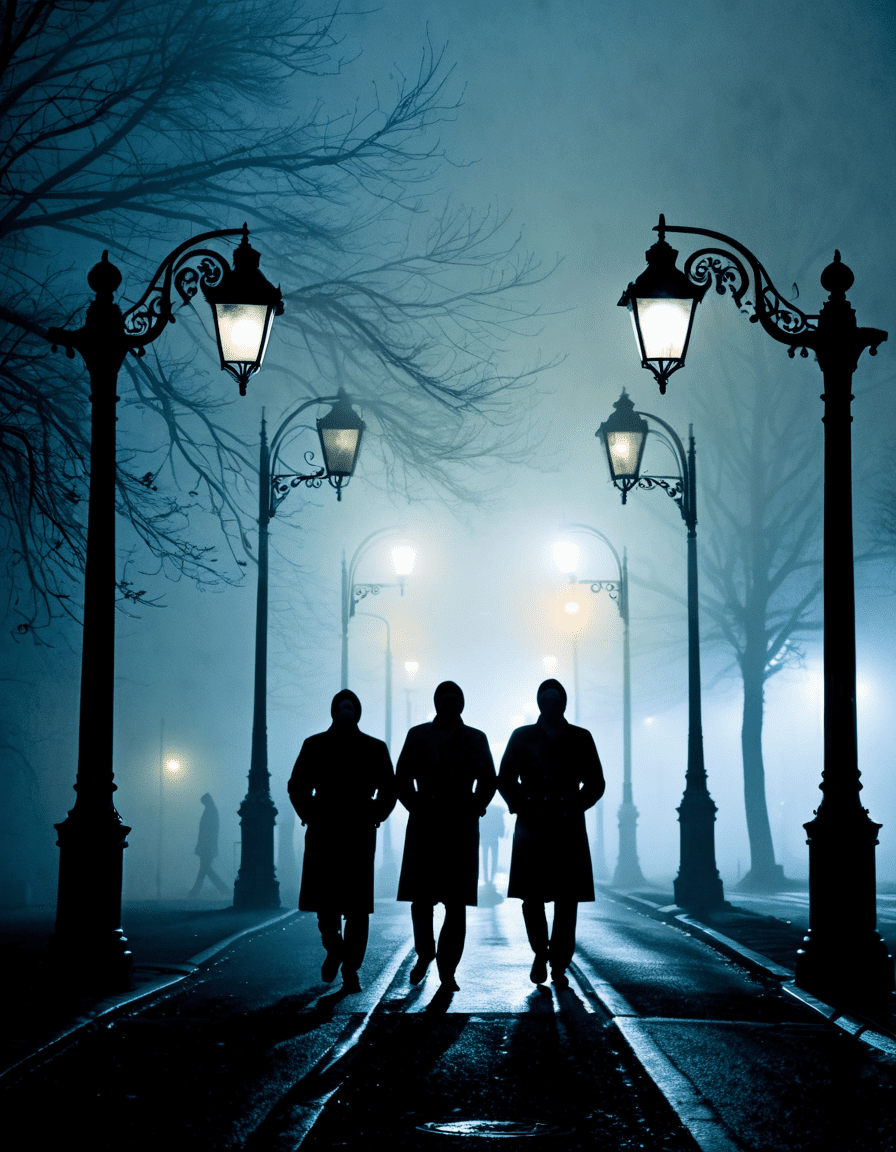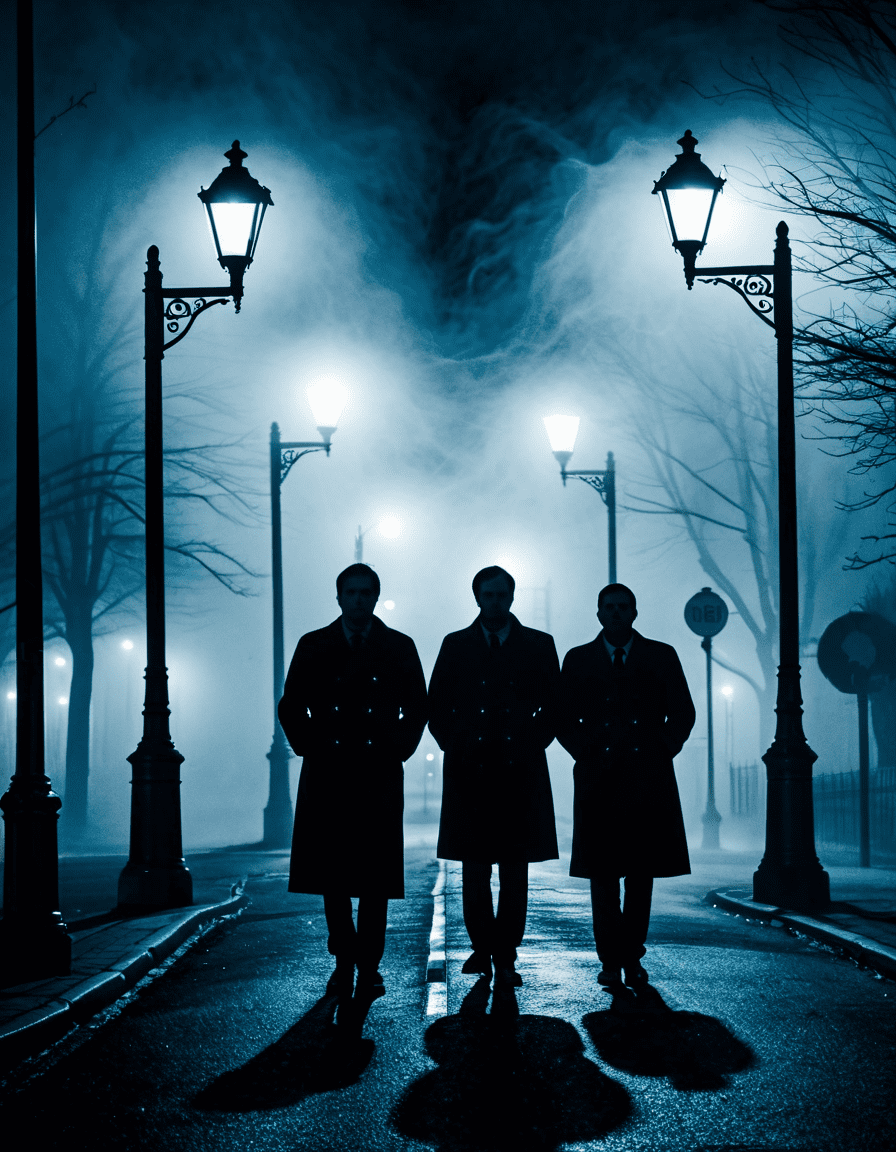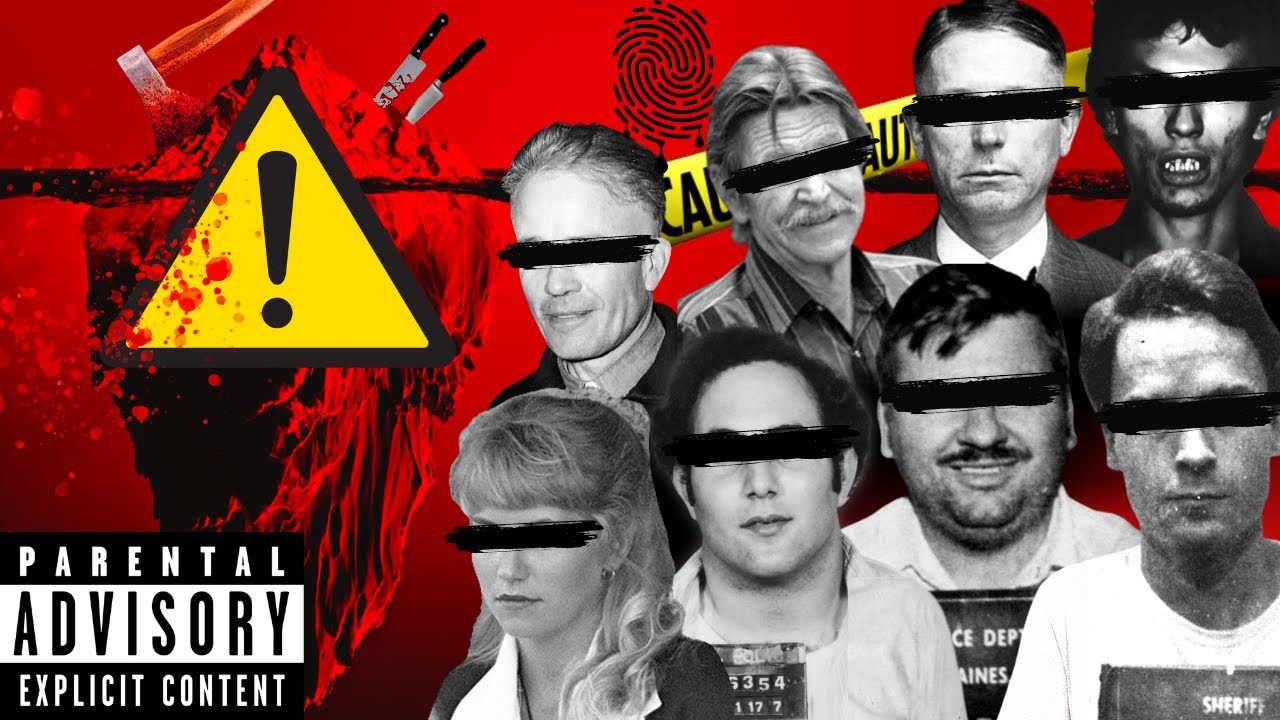The term ‘serial killers’ evokes haunting imagery, filled with sinister thoughts and perplexing questions. What drives a person to commit such heinous acts? To grasp the chilling allure of these criminals, it’s crucial to explore their psychological makeup. Researchers and criminologists have identified several common traits among serial killers, such as narcissism, psychopathy, and a high degree of intelligence. Notable figures like Ted Bundy and Jeffrey Dahmer demonstrate how charm and intellect can mask brutal tendencies. This exploration shows that the individuals behind these horrific acts often blend normality with malevolence, leaving society reeling in shock and confusion.
Indeed, the psyche of a serial killer can be both fascinating and utterly horrifying. A mix of early childhood trauma, societal neglect, and other external factors can create a perfect storm of darkness. Serial killers may not always appear disturbed on the outside, yet their actions betray the chilling chaos occurring within. Understanding these psychological profiles might not prevent future crimes, but it can certainly lead to better preventive strategies and an informed society. As we delve deeper into this topic, we must confront our own feelings of fear, fascination, and concern about what lies beneath the surface.
The Top 7 Most Infamous Serial Killers in History
Now, let’s highlight the most notorious figures whose names have become synonymous with terror. Each of these individuals presents a unique case, showcasing varied methods and motives, yet sharing a universally chilling impact on society:
A classic example of the charming killer, Bundy captivated the public through his intelligence and good looks. His ability to earn the trust of his victims, luring them into a fatal false sense of security, serves as an unsettling reminder of how evil can hide behind a seemingly normal facade.
As a trusted medical professional, Shipman’s story illustrates a chilling betrayal of public trust. Believed to have killed over 200 elderly patients, his heinous actions reveal the dark side of authority and highlight how close we can sit to danger while thinking we’re safe.
Breaking the mold as a rare female serial killer, Wuornos’ life story is steeped in trauma. Her crimes, committed as desperate acts of survival, highlight how many societal failures can push someone into darkness, revealing the complexities woven into the fabric of her existence.
The elusive killer from the late 19th century remains an enduring source of fascination. Known for targeting vulnerable women in London’s Whitechapel district, the brutality of his crimes and his anonymity have sparked numerous theories, books, and movies aimed at uncovering his identity and motivations.
Dubbed the “Butcher of Rostov,” Chikatilo committed a series of horrific murders in post-Soviet Russia. His actions uncovered a more profound societal decay, reflecting the struggles facing a nation grappling with disintegration and mental health crises.
Known as the “Monster of the Andes,” Lopez admitted to confessing to more than 300 murders across Colombia, Ecuador, and Peru. His horrifying actions underscore how socio-economic instability can give rise to violent behavior, allowing someone to slip through the cracks of society.
While his victim count wasn’t astronomically high, Gein’s post-mortem activities—turning human remains into keepsakes—shocked the world. He inspired a legacy of horror film characters, such as Norman Bates in Psycho, underscoring how a single individual can imprint on popular culture in terrifying ways.

The Interplay of Art and Crime: Serial Killers and Abstract Expressionism
The link between serial killers and abstract art may seem baffling at first glance, yet it reveals an intriguing connection between chaos and expression. Artists like Jackson Pollock and Mark Rothko managed to channel emotional upheaval into stunning visuals. Many serial killers also found ways to express their turmoil via art, producing chilling pieces that offer glimpses into their tormented minds.
Take John Wayne Gacy, for instance. His art—especially the infamous ‘clown paintings’—illustrates the stark contrast between his public persona and the darkness lurking within. These disturbing works have sparked ethical debates about profiting from pain. Should we as a society indulge in morbid curiosity or attempt to understand the underlying issues contributing to such horrific behaviors?
This relationship between art and criminality raises crucial questions about how we process and portray trauma. While some view these works as haunting souvenirs of evil, others see opportunities for dialogue about mental health and the complexities behind violent behaviors. As we ponder the chilling minds behind these crimes, it becomes essential to consider how we discuss, depict, and learn from them.
The Volcanic Ash of Trauma: The Societal Impact of Serial Killers
Like the aftermath of a volcanic eruption, the actions of serial killers create pervasive ash clouds, affecting entire communities. Every murder sends vibrations through the society surrounding it, sparking uproar and fear. Not only do these cases fuel public fascination and media frenzy, but they also initiate discussions about societal issues and underlying causes of such behaviors.
The societal implications extend beyond the immediate horror. They inspire changes in legislation and influence law enforcement protocols. For instance, crime scene investigations have evolved significantly as a response to notorious serial murders. The media’s portrayal of these killers has also shifted from sensationalism towards nuanced discussions. High-profile crime documentaries and series, like Mindhunter, dive deep into the societal pressures intertwined with these dark narratives.
Moreover, the rise in public interest in serial killers often leads to a quest for deeper understanding. Conversations around mental health and societal failures arise, allowing space for discussions that challenge preconceived notions about ‘evil.’ Communities can rally together to better recognize warning signs and develop preventive measures that could potentially disrupt future cycles of violence.

Reflecting on the Dark Fascination with Serial Killers
The enduring attraction to serial killers unearths our deepest fears about human nature. Acknowledging their dark allure leads us into conversations about the complexities of mental health and societal responses to violence. These chilling minds push us to confront uncomfortable realities while prompting discussions around mental health, trauma, and justice.
In examining the actions of serial killers, we unearth uncomfortable truths about ourselves as humans. Their narratives serve as chilling reminders of the duality of the human spirit—the capacity for both darkness and redemption. As we ponder the questioning allure surrounding these figures, we find ourselves drawn into a larger conversation about our societal fabric. After all, understanding this darkness may ultimately illuminate the paths toward prevention and healing, helping us navigate the shadows that linger in our collective consciousness.
By diving into the stories of these serial killers, we not only learn about the atrocities committed but also the societal conditions that may breed such horrors. As we reflect, let’s foster impactful dialogues that promote awareness, understanding, and transformation, aiming for a society where darkness doesn’t have to prevail.
Serial Killers: The Chilling Minds Behind The Crimes
The Unseen Patterns of Serial Killers
Ever wondered what makes a serial killer tick? Surprisingly, many serial killers share similar traits. Research shows a high percentage had traumatic childhoods, leading to deep psychological scars. While it might seem downright terrifying, some of the top movies explore these chilling minds. For instance, if you’re in the mood for a suspenseful night, check out le bon coin, which reviews films that delve into the minds of notorious serial killers. It’s a reminder that what we see on screen can sometimes reflect real-life horrors.
Brainiac or Maniac?
Let’s not forget about the bizarre fact that some serial killers exhibit remarkable intelligence. Figures like Ted Bundy were not only cunning in their crimes, but they also held advanced degrees. This leads us to ponder whether knowledge is power or a path to destruction. Speaking of knowledge, you might want to look into the current events surrounding Diane Guerrero and her roles in gripping dramas that touch on dark themes. The contrast between fiction and reality is fascinating, especially as we navigate through the lives of those who fall into darkness.
The Locations: Where History Meets Horror
Did you know that some serial killers found their inspiration and methods in the most unsuspecting places? Take Sapelo Island, for example. This remote location has been the backdrop for stories steeped in mystery and crime, making one wonder what exactly lurks in the shadows of such places. Moreover, crime documentaries often highlight these eerie locations where unspeakable acts took place. For film enthusiasts, sites like fullxcinema are perfect for capturing these chilling tales, connecting the dots between crime and cinematic representation. Between the hairs of fiction and reality, isn’t it easier to understand why audiences are so drawn to the dark side?
In essence, the world of serial killers continues to captivate our imagination. While the facts can feel overwhelming, there’s always something new to learn about the minds that committed these crimes. As we digest the stories and investigate the connections, we finish up with one last curious nugget—what would really happen if a serial killer dared to venture out during busy hours, like when what time does target close? The very thought sends shivers down the spine. There’s no denying that serial killers hold a chilling fascination that keeps us both terrified and intrigued.



![Gucci Mane - Serial Killers [Official Music Video]](https://www.loaded.news/wp-content/cache/flying-press/5923fb942982e4ab51b2ff7b862c7967.jpg)



